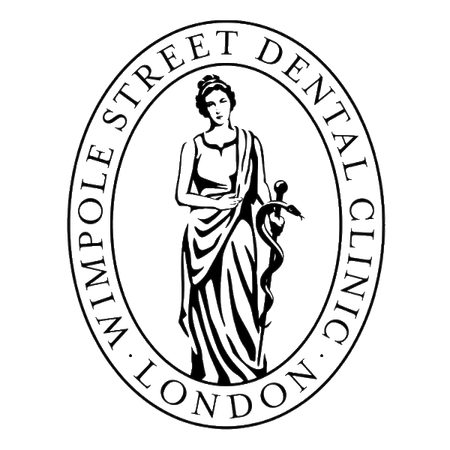Interdental tooth decay (present in between the teeth) is almost impossible to see with the naked eye, yet it is the most common type of tooth decay present within the adult dentition. Interdental tooth decay usually goes unnoticed by the patient until they experience tooth sensitivity or toothache. As a result, a considerable amount of tooth substance can already be damaged by the time it is finally diagnosed by your dentist here in our London dental clinic.
This unique set of circumstances which lead to the onset of interdental tooth decay, means that a commitment to booking and attending regular dental appointments with both your dentist and dental hygienist are crucial oral health practices to adopt to enable a member of your expert dental team to diagnose interdental tooth decay early on so we are in the best position to treat it both promptly and with minimal intervention so as to effectively prevent any further interdental tooth decay from arising.
Discovering interdental tooth decay
Since interdental tooth decay is an oral health condition located between two adjacent teeth, it is often difficult to see for ourselves from simply looking at our teeth in the mirror. Interdental tooth decay symptoms you can experience can include pain (such as toothache), tooth sensitivity and in some cases you may notice a bad taste in your mouth or develop bad breath.
Just how do dentists diagnose interdental tooth decay within the interdental space?
At consultation, your dentist conducts a thorough examination of your teeth by using a dental mirror and probe so that we can obtain tactile feedback on both the presence and development of interdental tooth decay. In order to view this oral health condition in precise detail as it affects you, the individual patient, your dentist will select magnifying dental loupes to expertly examine your dentition under optimal lighting.
Additionally, individual teeth can be checked to see if sensitivity applies with the use of air pressure blown onto them. X-rays also play a major role in enabling your dentist to check the health of your teeth as they can highlight and identify any and all the disease present within the separate layers of the tooth tissues. With this detailed insight coupled with the careful and meticulous visual examination of the dentition it all helps your dentist to complete the clinical diagnosis. Obtaining a comprehensive set of clinical data and information is a key part of your patient journey as we detect, determine, diagnose and so treat interdental tooth decay as effectively and efficiently as possible to ensure optimum results.
The actual treatment of interdental tooth decay: the options available – remineralisation, fillings, crowns
Know that your bespoke care plan to deliver the interdental tooth decay treatment now recommended depends on both the severity and the extent of the tooth tissues that are now affected. If the interdental tooth decay has not yet spread beyond the enamel (the resilient, outer tooth surface layer) then applications of fluoride varnish can help to re-mineralise the softened tissue to harden the enamel and so arrest the interdental tooth decay.
In the event of the interdental tooth decay spreading to the deeper tooth tissues, your dentist must mechanically remove the infected tissue with a dental drill (after full discussion, agreement and with your consent) after the application of a local anaesthetic to ensure that the procedure is painless. Your dentist now re-builds the affected tooth using an appropriate tooth coloured filling usually consisting of ceramic or composite material.
A Root Canal Treatment may also be recommended if the interdental tooth decay has spread into the tooth nerve (pulp). Rest assured that thanks to the highest standards of modern dentistry now employed at every stage – from precise planning to the chosen treatment methods, the success rate of root canal treatment is now extremely high (around 90%). In addition, root canal treatment is always performed under local anaesthesia to ensure its always a painless procedure. Your dentist can then apply a final tooth coloured all-ceramic crown or partial crown to protect the root filled tooth.
Alternative to drilling: laser and decay infiltration
Some patients choose to have an alternative to drilling when they have interdental tooth decay. So-called decay infiltration can be used in the initial stage whereby your dentist removes the affected tooth surface and seals it with a special flowable plastic. Once this procedure has been completed, acids and harmful bacteria can no longer penetrate the tooth enamel.
Preventing interdental tooth decay: what you can do to help yourself
We would like to remind our patients that the interdental spaces within the mouth are usually impossible to reach with the toothbrush alone. This is why dental floss and interdental brushes are an essential part of the optimum daily oral hygiene regime we would encourage you to adopt to prevent harmful bacteria from settling between the teeth.
Plus, you should always have six-monthly check-ups with your dentist which allows initial interdental decay to be diagnosed and treated immediately. Regular dental hygiene visits with an expert member of our team can also support you in achieving oral health care, personal mouth comfort and confidence as we safeguard your smile.

